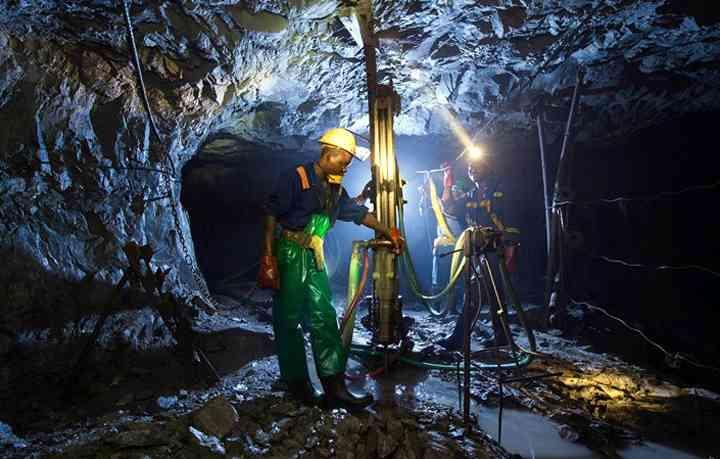Africa-Press – Zimbabwe. The catastrophic developments at Boterekwa escarpment, where illegal mining activities have transformed a once-majestic natural wonder into a hazardous wasteland, represent just the tip of an environmental iceberg that threatens to sink Zimbabwe’s future. This devastation, marked by gaping holes and treacherous ditches that now endanger motorists, as reported by the Transport and Infrastructural Development ministry, is a stark illustration of a broader national crisis that demands our immediate attention and action.
The systematic destruction of Boterekwa, epitomised by social media commentator Lancie Sekos’s poignant observation that “Boterekwa as we knew it is no more,” reflects a disturbing pattern of environmental degradation that has become endemic across Zimbabwe’s mining regions. From the gold-rich terrains of Shamva, the chrome-laden lands of Shurugwi, the diamond fields of Marange to the platinum belt of Great Dyke, we witnessed an unprecedented assault on our natural environment that threatens to undermine the very foundations of our nation’s future.
The involvement of Chinese mining companies, operating with apparent impunity and often in partnership with local power brokers, presents a particularly troubling dimension to this crisis. As noted in the recent developments at Boterekwa, these operations show complete disregard for environmental preservation, public safety and sustainable development practices. Beyond the visible scars on our landscape, we face the destruction of critical ecosystems, contamination of water sources, and degradation of soil quality. The collapse of infrastructure, exemplified by the two-roomed house that fell into a mining trench, serves as a chilling reminder of the human cost of this environmental negligence.
This environmental crisis stands in stark contradiction to Zimbabwe’s international commitments and domestic policy frameworks. As a signatory to the Paris Agreement on Climate Change, Zimbabwe has pledged to reduce greenhouse gas emissions and promote sustainable development. Yet, the current mining practices, characterised by deforestation land degradation and uncontrolled emissions, actively undermine these commitments. The Environmental Management Act (Chapter 20:27), which mandates environmental impact assessments and sustainable resource management, appears to have been rendered toothless in the face of powerful mining interests.The contradiction between current practices and our national developmental goals is equally glaring. President Emmerson Mnangagwa’s vision of nyika inovakwa nevene vayo (the country is built by its people) rings hollow when foreign entities, in collaboration with local elites, are permitted to destroy our natural heritage with impunity. The National Development Strategy 1 and Vision 2030’s goal of achieving upper-middle-income status appear increasingly unattainable when our natural resources are being exploited in ways that create environmental liabilities far exceeding their immediate economic benefits.
The United Nations’ Sustainable Development Goals (SDGs), particularly SDG 13 (Climate Action), SDG 15 (Life on Land), and SDG 6 (Clean Water and Sanitation), are being severely compromised by current mining practices. Zimbabwe’s commitment to these goals appears superficial when measured against the environmental devastation in mining areas. The destruction of biodiversity, contamination of water sources, and degradation of land directly contradict SDG targets while undermining our ability to build resilient communities.
The economic implications extend far beyond the immediate gains from mineral extraction. While mining contributes significantly to our GDP and foreign currency earnings, the long-term costs of environmental rehabilitation, healthcare for affected communities, and lost agricultural productivity far outweigh these benefits. The destruction of infrastructure as witnessed at Boterekwa, imposes additional economic burdens on an already strained national budget. As the Transport ministry scrambles to “repair the road by tomorrow,” we must question the sustainability of this reactive approach to infrastructure management.
The cultural dimension of this crisis deserves particular attention. Zimbabwe’s traditional environmental management systems, built on centuries of indigenous knowledge, are being rapidly eroded. Our ancestors understood the delicate balance between resource exploitation and environmental preservation, maintaining sacred forests, protecting water sources and observing seasonal restrictions on resource use. These practices, far from being mere cultural relics, represent sophisticated environmental management systems that we are now abandoning in favour of destructive short-term gains.
For More News And Analysis About Zimbabwe Follow Africa-Press

